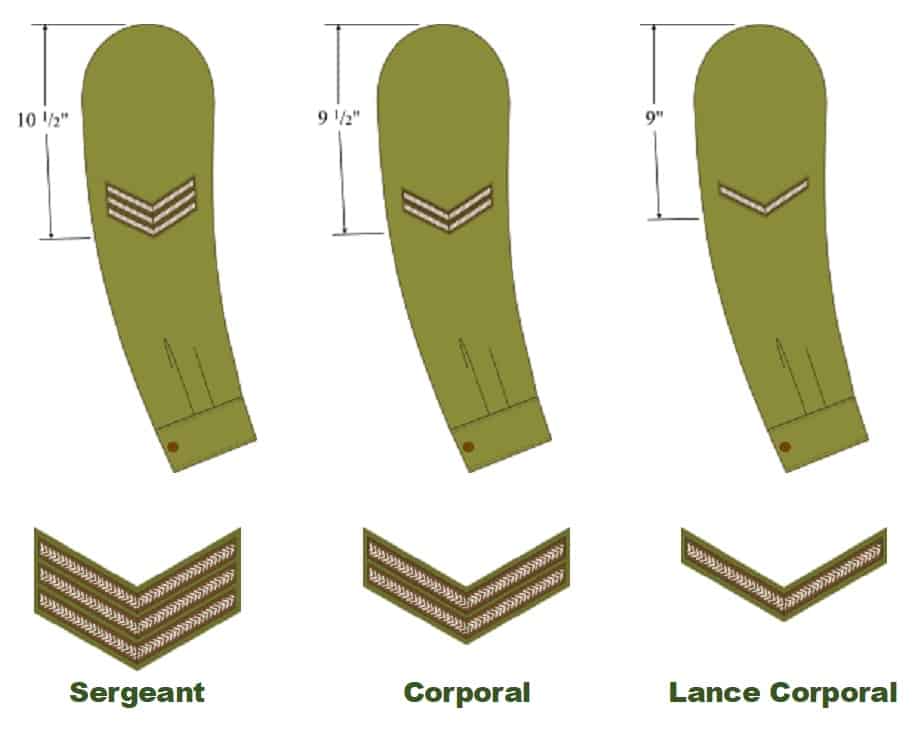| Riding and Non Riding Members (Whilst in Australian Light Horse Uniform)
Age Limit:
The minimum age limit for riding members applying to join the association is 16 years.
Dress Style:
(a) The style of dress to be worn will be in accordance with the guide lines as laid down in this manual.
(b) A true depiction of the era being represented is desirable.
(c) When taking part in a combined activity, the dress specified by the controlling host troop for that activity, will be worn.
(d) Mixing of military and civilian dress is not permitted. The image of the Light Horsemen who we represent, the Association, and the pride and self esteem of its members, depends on the maintenance of the highest standards of dress, appearance and bearing.
It is the responsibility of all members to maintain their uniform, equipment and saddlery in good order and repair and present the highest possible standards of appearance and cleanliness.
Retired members of the Army:
Officers who have been granted a military title on retirement, or other ranks who have been granted permission by Army Headquarters Directorate of Personnel Policy – Army (DPP-A) to wear uniform after discharge, may wear at military ceremonies or military entertainments uniform appropriate to the rank in which they last served in the active forces.
Retired members are to wear the letter ‘R’ (retired insignia in accordance with ASOD Vol 2).
Occasions
Uniform is worn as follows:
(a) Ceremonial Dress is worn for all state and ceremonial occasions.
(b) General Duty Dress is worn for all working type activities i.e. mounted drills – sports and general activities.
(c) Field Dress is worn when participating in field exercises or field training.
(d) Mess Dress is worn for formal or semi formal occasions.
(e) Marching Order used only when moving fully equipped for battle. Within these rules possible only for demonstration purposes.
Appearance
General:
The standard of personal dress, appearance and grooming is to be such as to reflect credit on the individual and on the light horsemen we represent and the Australian Light Horse Association. The intent of the Australian Light Horse Association Orders for Dress is to ensure that a high standard of grooming consistent with that expected of a professional military force is maintained without being unnecessarily restrictive. While recognising the standards of society, the traditional military standards have proved their value in fostering group identity and morale.
Chewing gum, slouching, sauntering, hands in pockets, smoking in the street (and in particular when mounted in public) walking arm-in-arm, hand-in-hand and any similar deportment which detracts from a military appearance in the eyes of the public is unacceptable for members in uniform.
Alignment of Uniform:
Shirts and jackets are to be worn with the button line positioned centrally in front of the body. The outer edge of the buttoned shirt is to be vertically aligned with the breeches fly. The buckles of the breeches belt (jacket belt and Sam Browne belt are to positioned in line with the buttons of jackets and shirts or centrally in the front of the body when wearing sweaters.
It is recommended that belt hooks be worn to support belts in the correct position when wearing jackets.
Male Members
Beards:
Male members are to be clean shaven except in the following circumstances.
(a) Medical grounds
(b) Religious grounds
(c) A beard is permitted when depicting the era represented. (eg Boer War)
When worn – beards are to be kept neatly trimmed with the whisker length not greater than two centimetres and tapered to blend with the hairstyle. No area of the face is to be shaved when a beard is worn.
Hair:
The hair on the head is to be:
(a) Neatly groomed at all times
(b) Worn short enough so that when hair is groomed and headdress is removed no hair touches the ears or collar or extends below the top of the eyebrows.
(c) Styled in a manner which does not interfere with the proper wearing of military headdress.
(d) Hair on the neck to be trimmed/shaved.
(e) Hair is permitted to depict the era represented.
Moustaches:
Moustaches worn by members are to be neatly trimmed and are not to exceed two centimetres in length. ‘Handlebar’ and similar style moustaches are permitted when depicting a particular era.
Female Members
Hair
(a) Neatly groomed at all times
(b) Groomed so that it does not fall below the eyebrows or extend below the lower edge of the buttoned collar. It is recommended that a suitable accouterments i.e. hair net is worn.
(c) Styled so that it does not interfere with the proper wearing of military headdress.
All members are not to wear jewellery of any type when in uniform. |

